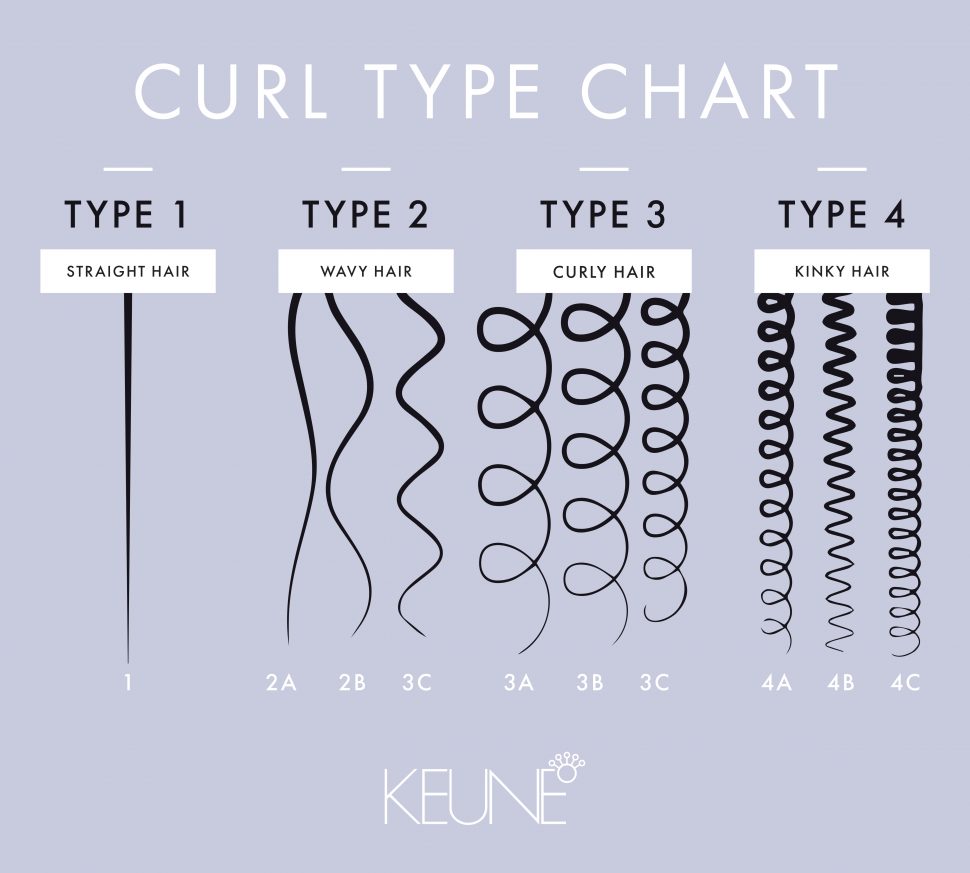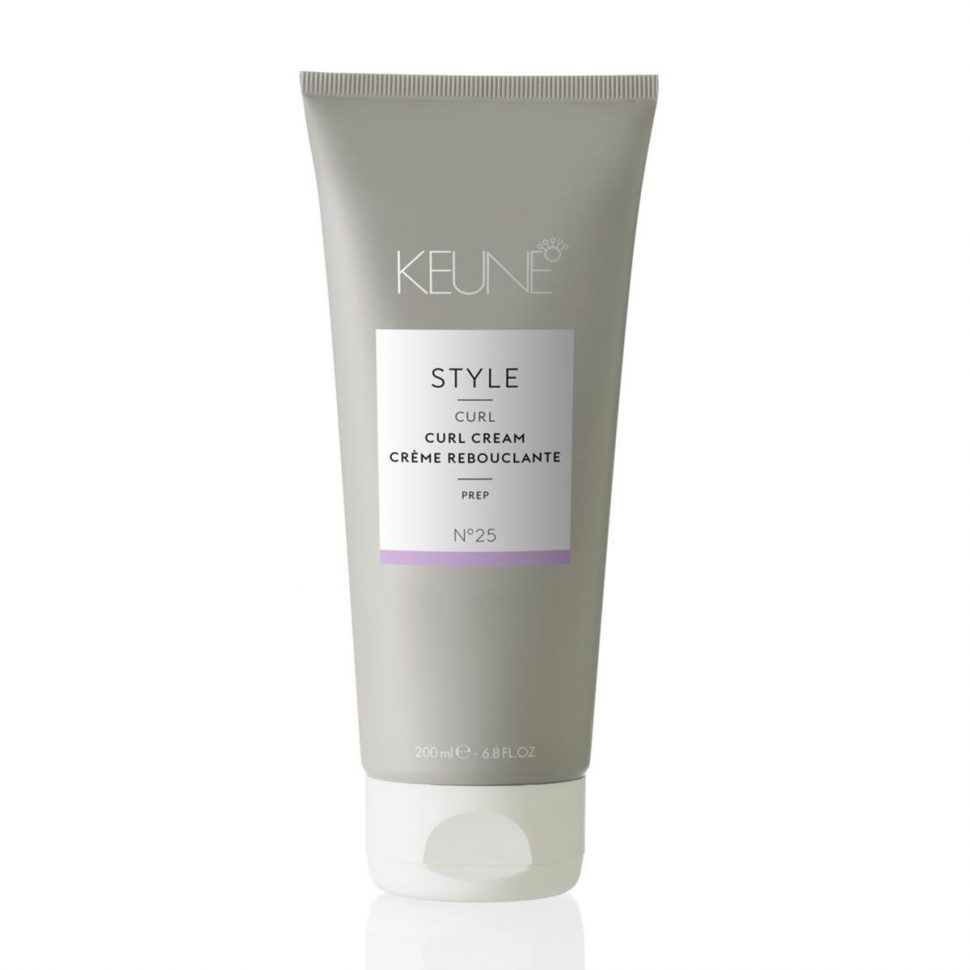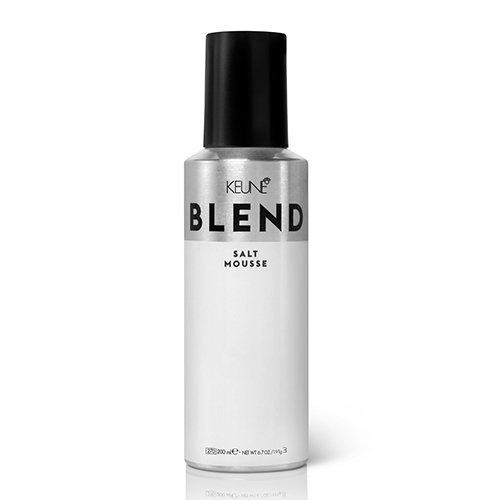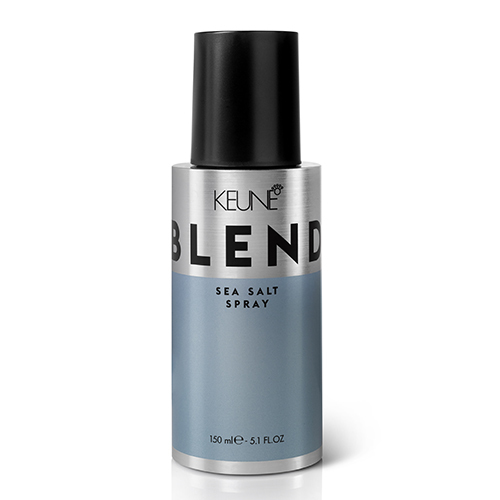Curl Patterns 101 – What’s Your Curl Type?
By Keune | July 22nd, 2020
In the era of individuality, celebrating hair’s natural texture is more relevant than ever. It’s not just a trend—championing what makes us unique is a movement, one that stylists can help highlight and cultivate. Our industry helps clients look and feel their best and this includes helping them embrace their natural texture.
Texture comes in a wide set of patterns. Curls, coils, waves—each pattern requires a different approach to cutting, coloring, and styling. What’s more, several different types of curl patterns can coexist side by side. Decoding your curl pattern(s) can make all the difference in finding the right look and proper products to highlight your natural texture. We’ve broken down the different curl types and how to identify them. Keep reading on how to decode your curls, get to know your curl type and find the right products that celebrate what makes you, you!
The Basics
Before determining what type of curl you have, it’s important to first learn why natural hair patterns are different. The texture of your hair is determined by the shape of the actual hair follicle. Flatter follicles, or those that are more oval in shape, result in curlier strands, as hair extends from the follicle at a sharper angle. Hair follicles that have a circle shape create straighter hair that lies flatter to the head.
Curl patterns are also determined by the shape of the strand itself. While some strands lie in side-by-side waves, others wind around each other. In fact, most people with curly hair have several different types of curl patterns. You might have some coils, kinks, curls, and/or waves, depending on the shape of your hair follicles, the way your hair falls, and, most importantly, your DNA.
The Curl Type Chart
To better understand which curl pattern your hair falls into, it is helpful to understand the curl type chart. Numbers (1-4) represent the curl family your hair falls under – 1 being the straightest hair pattern while 4 represents the curliest. Additionally, the letters (A-C) detail how tight or loose your curls are – A being loose and C being tightly wound.

In its most basic form, the curl type chart breaks down curl patterns into four types:
- Type 1: straight hair
- Type 2: wavy hair
- Type 3: curly hair
- Type 4: coiled hair
The chart further breaks down hair type into sub-categories, determined by the diameter of the hair pattern:
- Type A: the widest hair pattern
- Type B: medium-width hair pattern
- Type C: the slimmest hair pattern
For example, a person with type 2A hair would have wavy hair with a definite but loose S-shaped pattern and subtle, tousled texture. Someone with type 3C hair would have tight, corkscrew-like curls about the width of a pencil. Type 4B hair tends to be dense with a Z-shaped pattern.
The Best Products for Your Curl Type
Different curl types have different concerns:
- Curly hair patterns often mean drier strands
- Thinner-width curls are typically more prone to breakage, damage, and frizz
- Fine, wavy hair can lead to tangles
- Tight coils and kinks are susceptible to shrinkage
Bring out your clients best look by knowing which products are right for their curl type.
For clients with type 3 curly hair, look for product specifically designed to add definition and hydration, like Style Curl Cream. This lightweight cream, worked through the damp hair, adds major bounce while also conditioning and moisturizing curls, reducing frizz and creating a perfect foundation for styling wavy and curly strands.

For clients with type 2 waves, choose products that are designed to add grip and texture to highlight the wave, like sea salt sprays and texturizers. Just a palm full of Blend Salt Mousse, worked through damp hair, creates that just-off-the-beach look, while also adding volume and lift, making it the perfect solution for clients with both type 1 and 2 hair. For extra oomph, blow-dry after working product through damp hair.

For wavy hair types that are prone to tangling, like type 1A, 1B, 2A, and 2B, use the Blend Sea Salt Spray, which adds instant body and texture without drying out strands.






